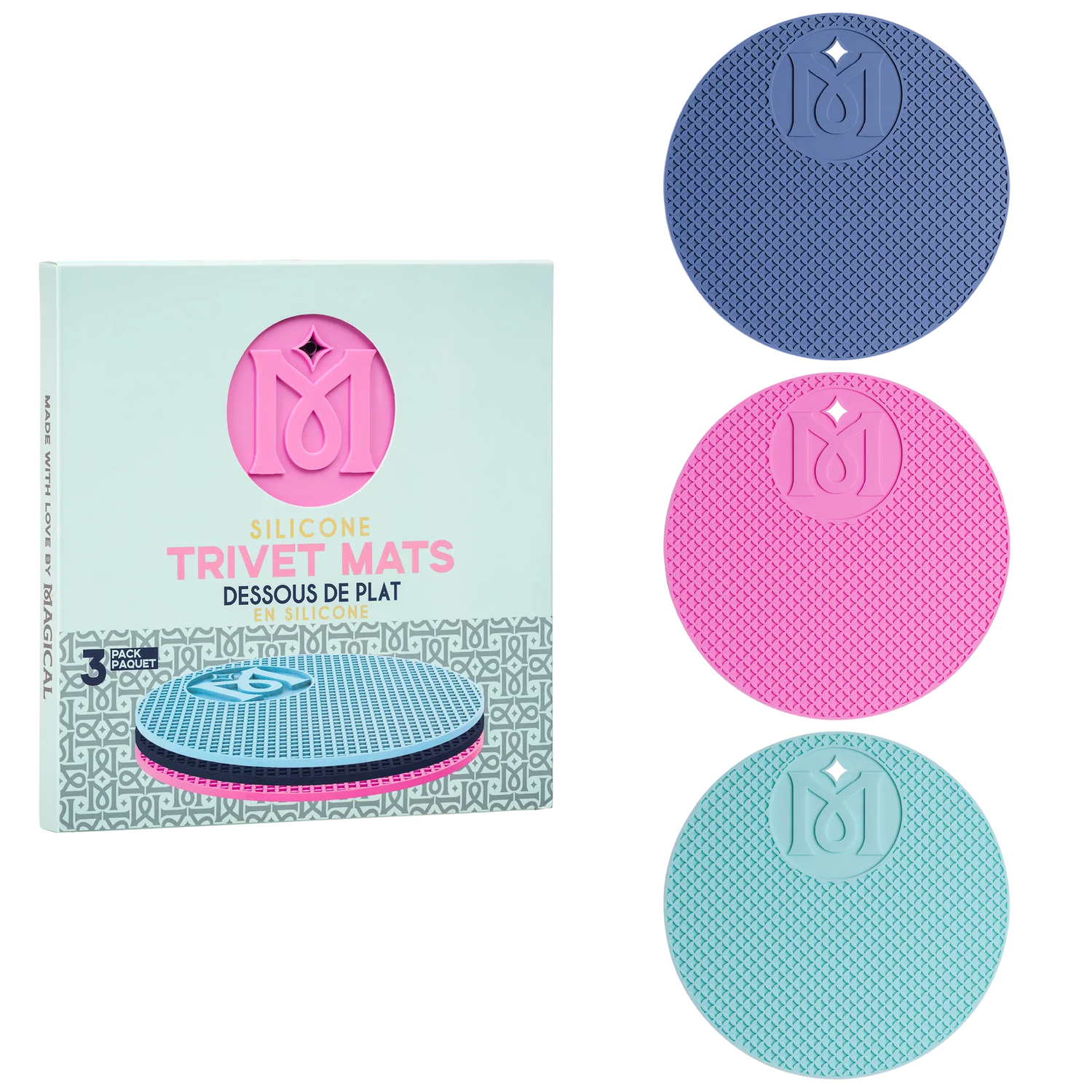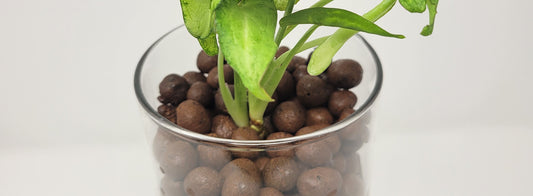With small all-in-one hydroponic gardens, many people find their plants grow taller than their light. The tops of the plants begin to suffer, and gardeners wonder what their options are. Can you transplant hydroponic plants into soil? Can you transplant to a larger system? Luckily the answer to both questions is yes.
All-in-one table top hydroponic systems are an excellent option for lettuce and other greens. However, most herbs and vegetables quickly become too tall and their roots too large for such a small area. If you have the time and space for a more extensive hydroponic setup, you can buy one pre-built or DIY your own.
If you prefer to transplant into soil, you can use this method for rooted clones, seedlings, or established plants. If your plants are already flowering or fruiting, they may become stressed and drop their flowers. You’ll need to decide for yourself if it’s worth the risk.
Challenges
In hydroponic systems, specially formulated fertilizers contain nutrients that plants can take up instantly. In soil, the nutrients are mostly stored within minerals and organic materials too complex for plants to absorb. For the nutrients to be available, beneficial bacteria break them down into a form plants can use. Then, mycorrhizal fungi transfer it to the roots.
This new situation can cause transplant shock. Transplant shock itself won’t kill your plant, most will bounce back in a week or two. It can make your plant susceptible to other factors though, so it's best to reduce stress as much as possible.
Prepping
If you are transplanting outdoors, you’ll want to transplant during evening hours or when it's overcast. Plants that have not previously been exposed to direct sun may develop large white patches of sunburn. It’s usually not enough to kill your plant, and it will begin producing new leaves after several days.
Start with a quality soil mix and add a slow release fertilizer, like Down to Earth Vegan Mix, if needed. Your soil should be damp but not soaked. To help reduce shock to your plant, you can add a mycorrhizal inoculant to the soil, to increase nutrient uptake.
Depending on the size of your plant’s roots, you may be able to gently work your plant out of the net cup or pot that it’s been growing in. It’s ok if some of the lower roots break, just try to keep most of the roots intact. If the roots are too large or tangled, you may want to cut the pot to free your plant instead.
Transplanting
Dig a hole in your soil large and deep enough to accommodate the root mass. Place the plant in the hole making sure the base of the stem sits just below the surface level of the soil. Now you can backfill the hole and apply light pressure around the base to keep the roots in place and support the stem.
Using a microbial solution, like Fish Sh!t, water your plants thoroughly. Soil microbes reduce transplant shock and break down nutrients found in soil. For potted plants, be sure to pour off any excess liquid in your saucers.
Post-Transplant Care
If you will be moving it outdoors, try to introduce your newly potted plant to the sun in short increments. Exposing the plants to a few hours of daylight at a time, and increasing the length every few days is known as “Hardening Off.” If you don't have the space for that, you can put your plant outdoors full time but it may still experience some transplant shock and scorched leaves.
If you are keeping this plant indoors, start with your grow light farther from the plant, or with the intensity turned down. If you’re unfamiliar with using grow lights, our grow light guide is a great place to start.
After your plant is in its new soil home and adjusted to the elements - about two to four weeks - begin caring for it as you would a normal soil plant. With consistent watering, and soil rich in microbes, mycorrhizae, and nutrients, your former hydroponic plant will flourish.
We’re always happy to answer your transplanting questions. Comment below or give us a call at 404-464-8313.





